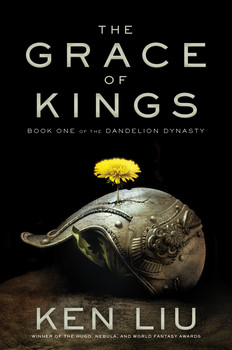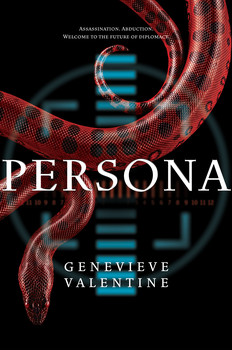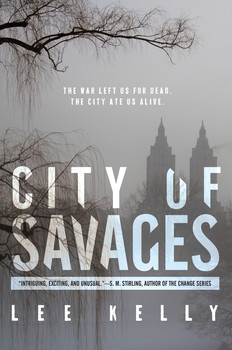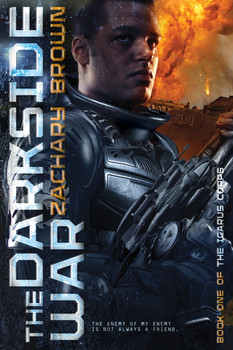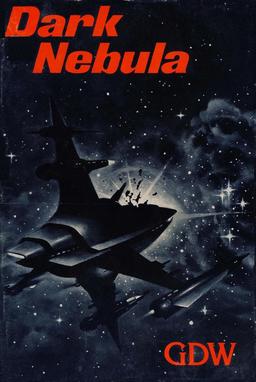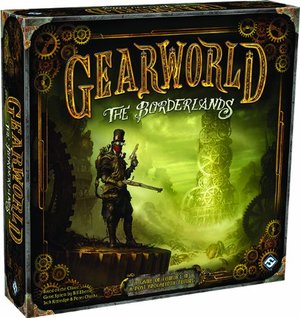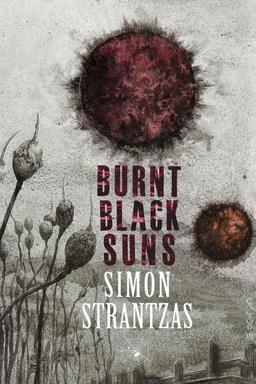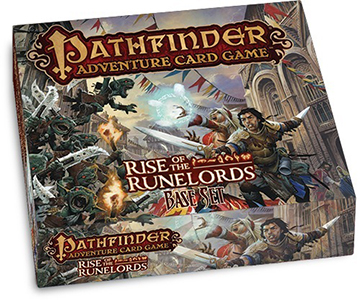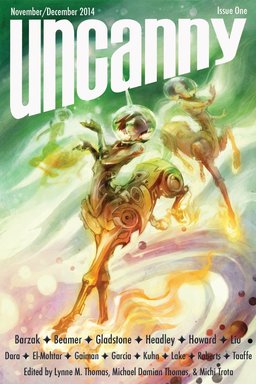Bringing Neglected Classics Back Into Print: The Horror Catalog of Valancourt Books
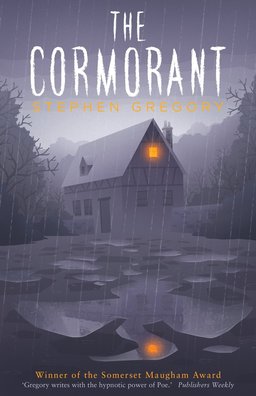 |
 |
 |
 |
One of the many delights of the World Fantasy Convention, as I reported last week, is meeting the small publishers doing marvelous work in the industry. Seeing their catalogs of books spread out before you on a table in the Dealers Room can be quite a revelation. That was certainly the case with Valancourt Books.
As they proclaim proudly on their website, Valancourt Books is an independent small press specializing in the rediscovery of rare, neglected, and out-of-print fiction. They have five major lines: Gothic, Romantic, & Victorian; Literary Fiction; Horror & Supernatural; Gay Interest; and E-Classics. For World Fantasy, they crammed their table with titles from their Horror & Supernatural line. And I do mean crammed: their small table was piled high with dozens of beautifully designed trade paperbacks reprinting long-out-of-print horror paperbacks, chiefly from the 70s and 80s.
All it took was one glance to see that Valancourt Books has two significant strengths. First, their editorial team has excellent taste. They have reprinted work by Stephen Gregory, R. Chetwynd-Hayes, Hugh Walpole, Charles Birkin, Jack Cady, Basil Copper, Russell Thorndike, John Blackburn, Michael McDowell, Bram Stoker, and many, many others. And second, their design team is absolutely top-notch. Their books are gorgeous, with beautiful cover art and striking visual design. I’ve selected eight to highlight in this article, just to give you a taste of what they have to offer, and replicate (in a small way) what it was like to stand in front of their table gazing appreciatively at their assembled treasures.
